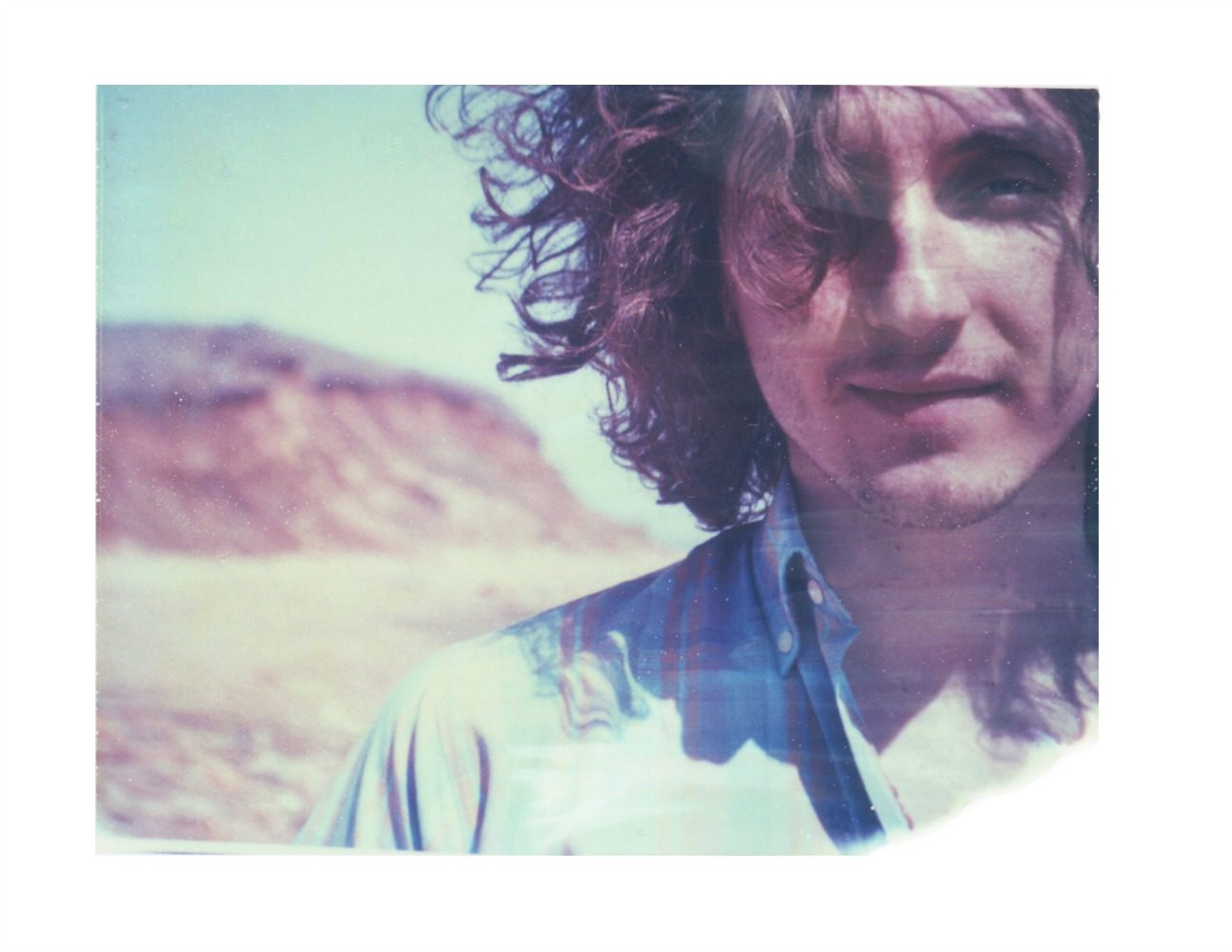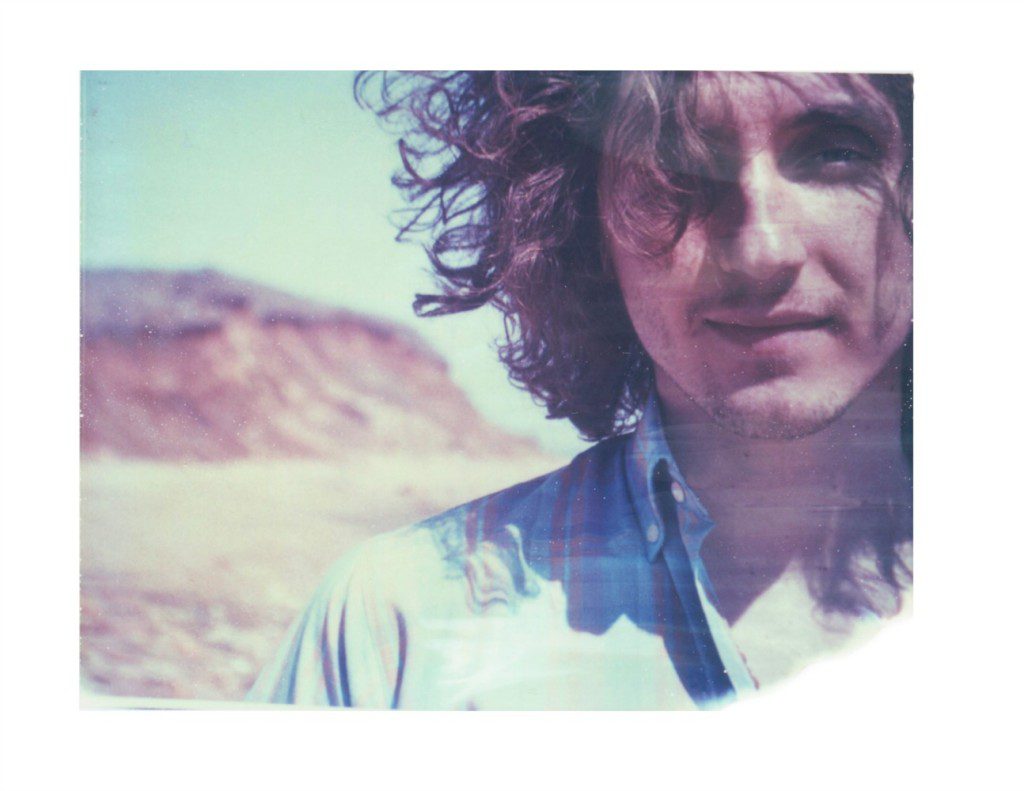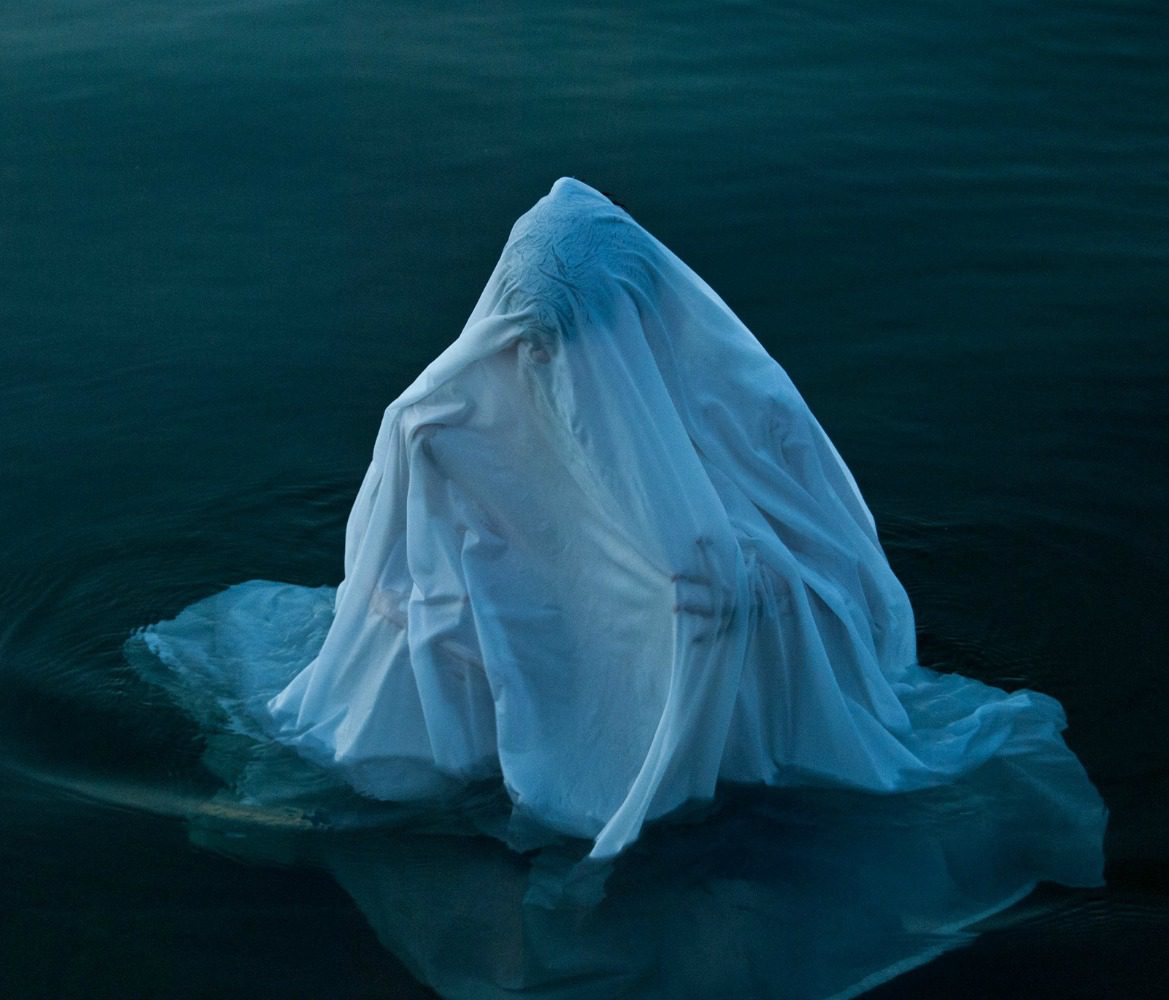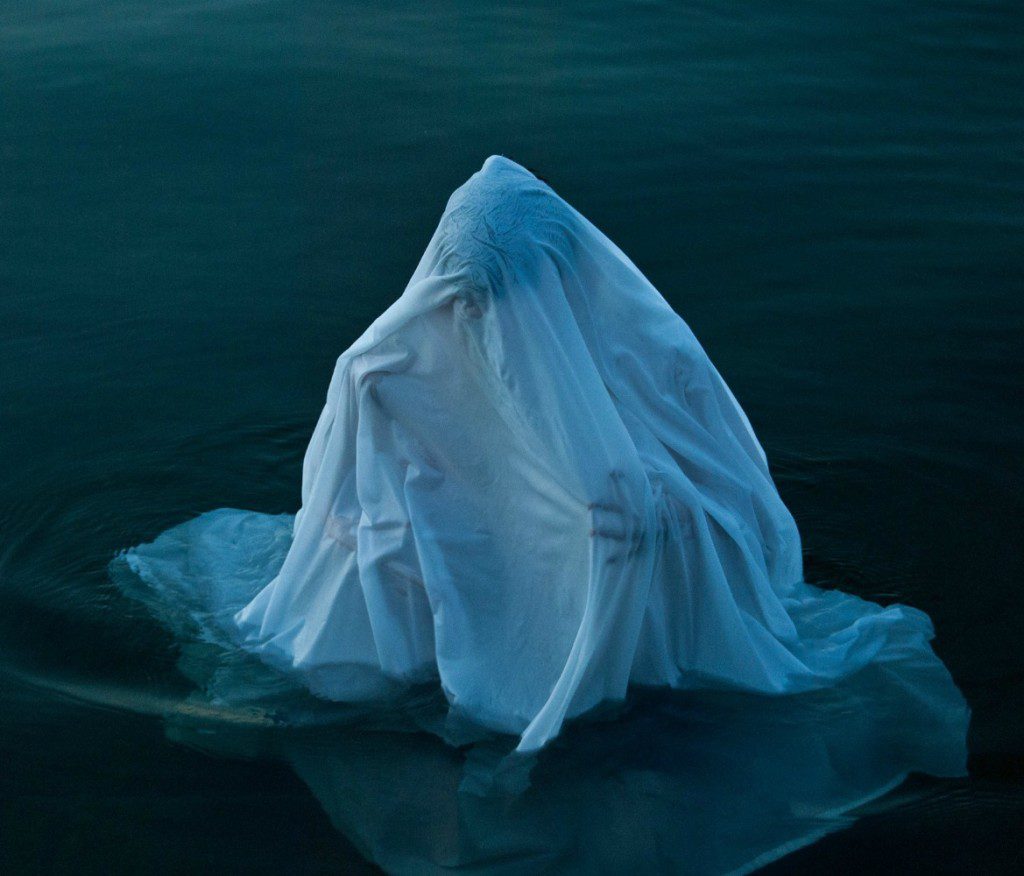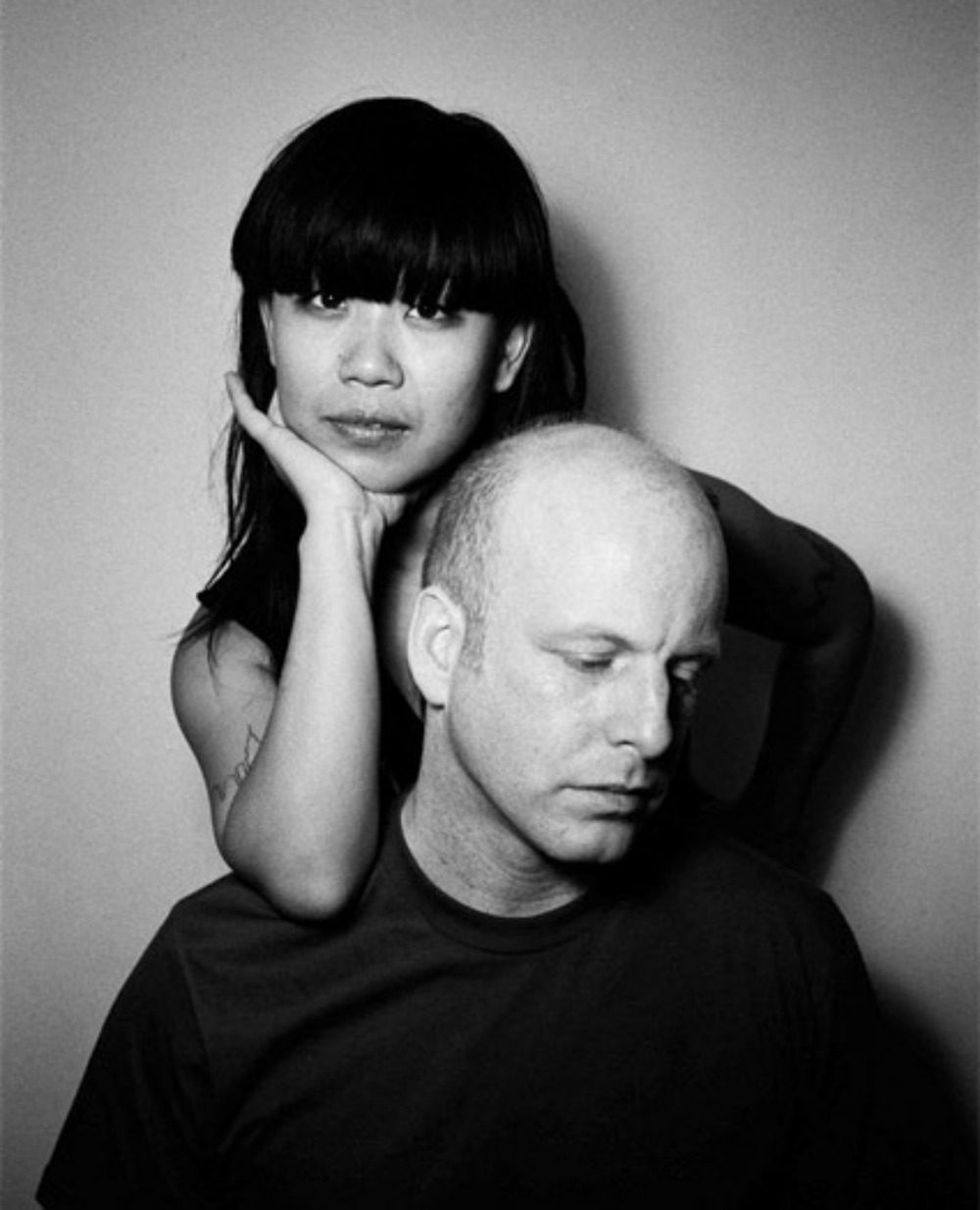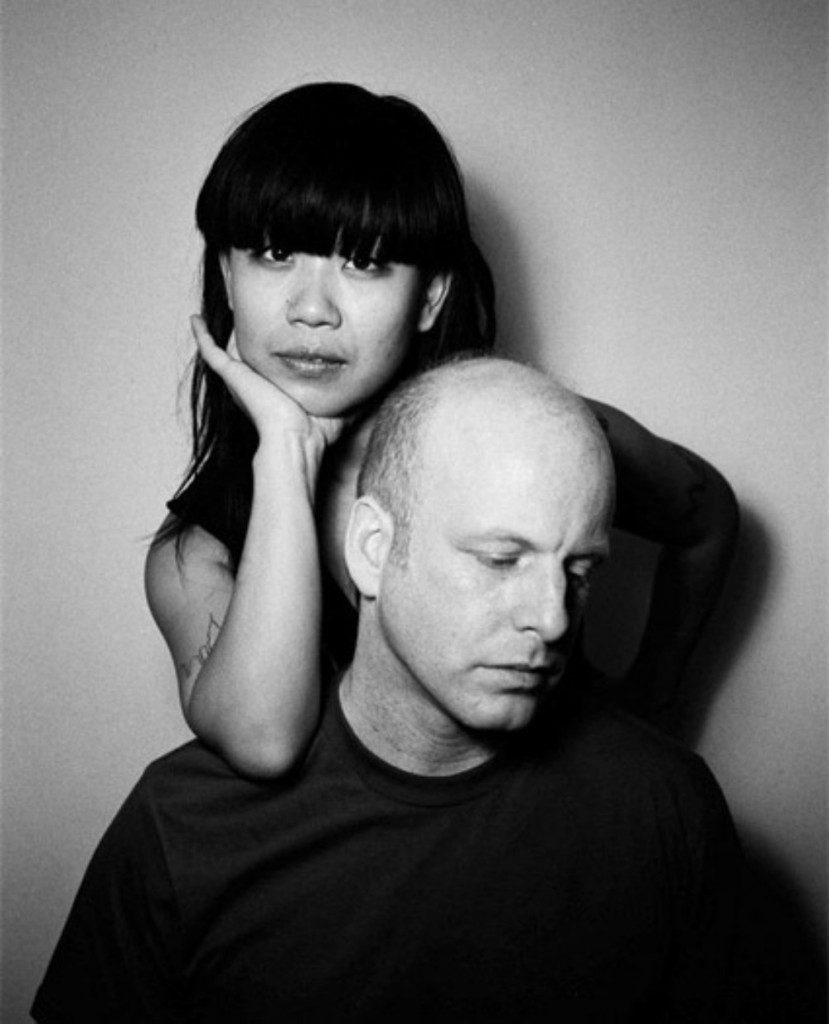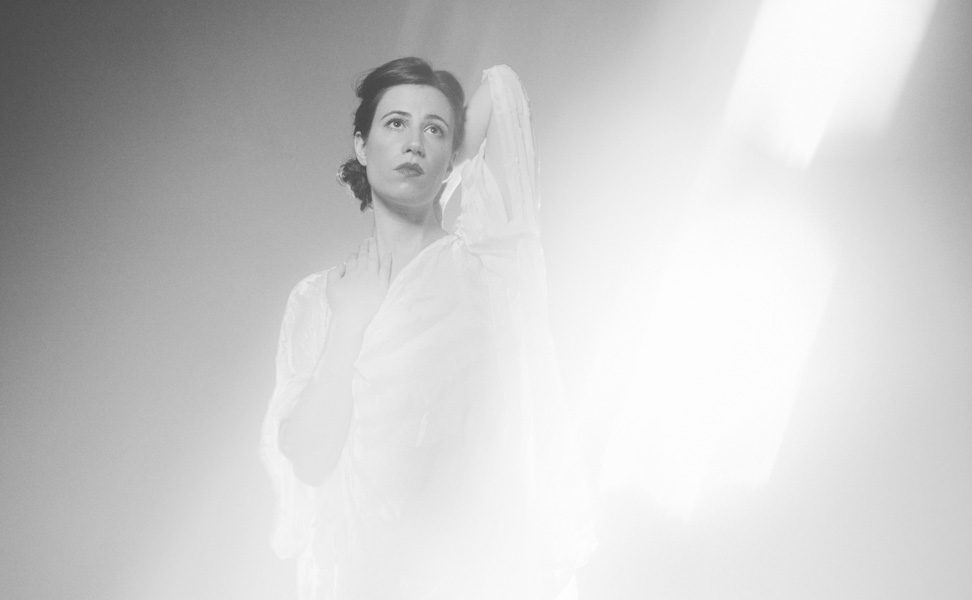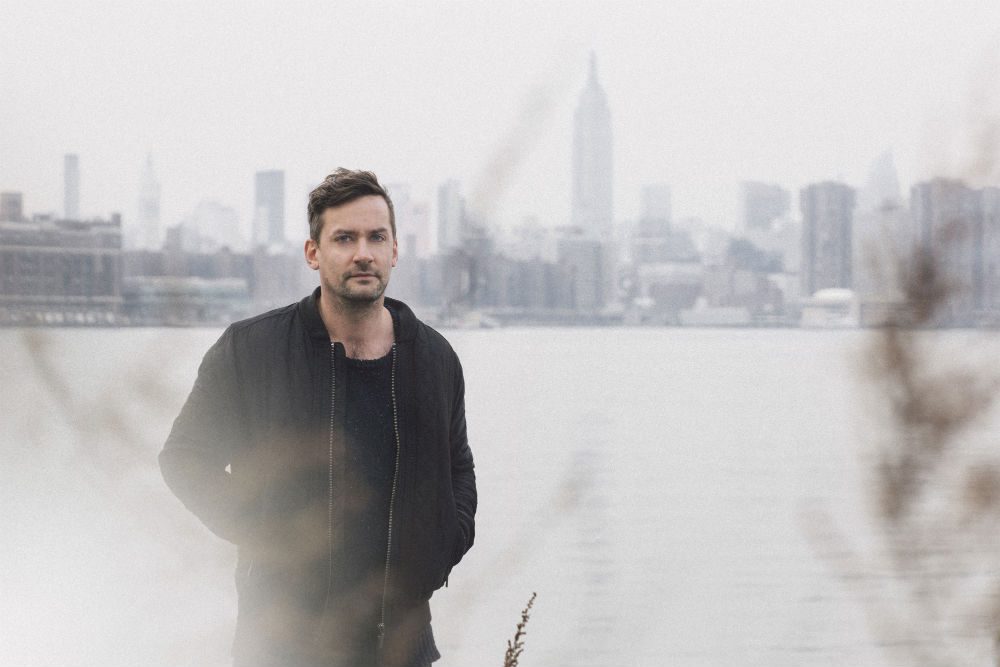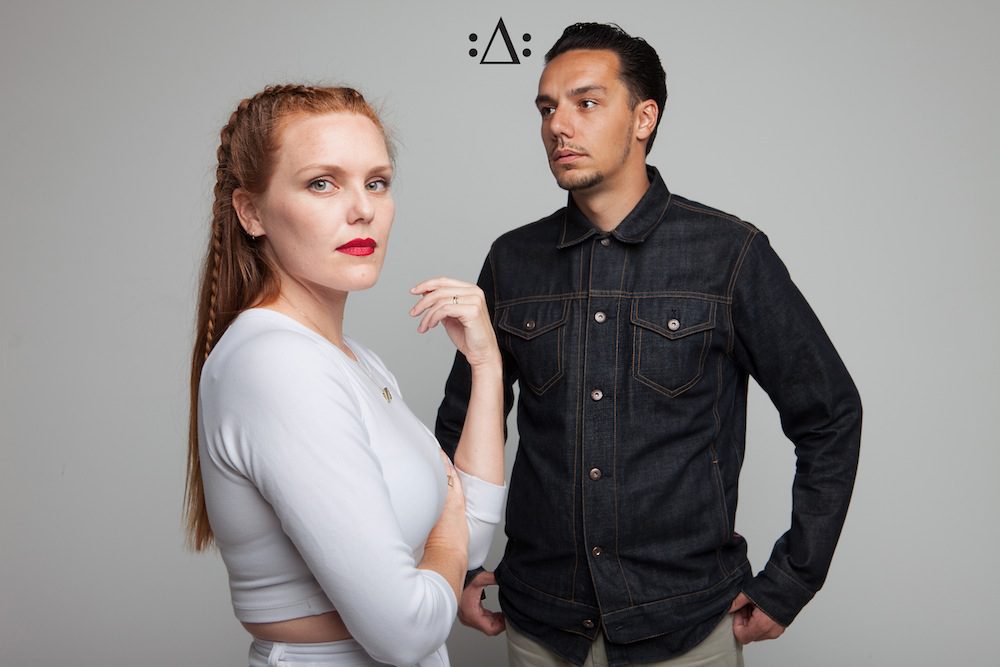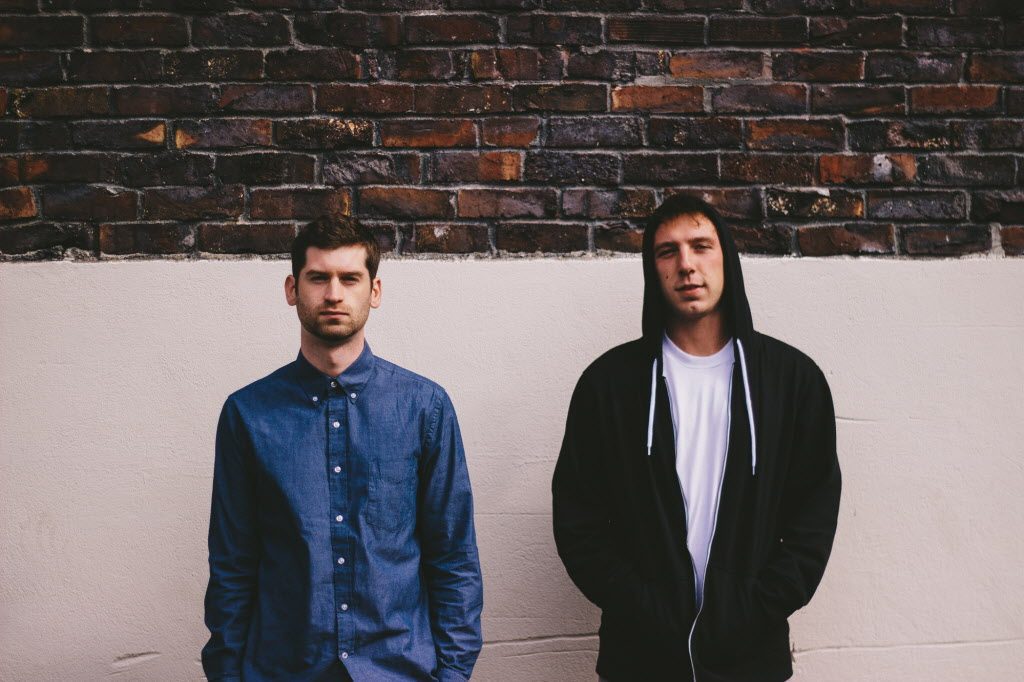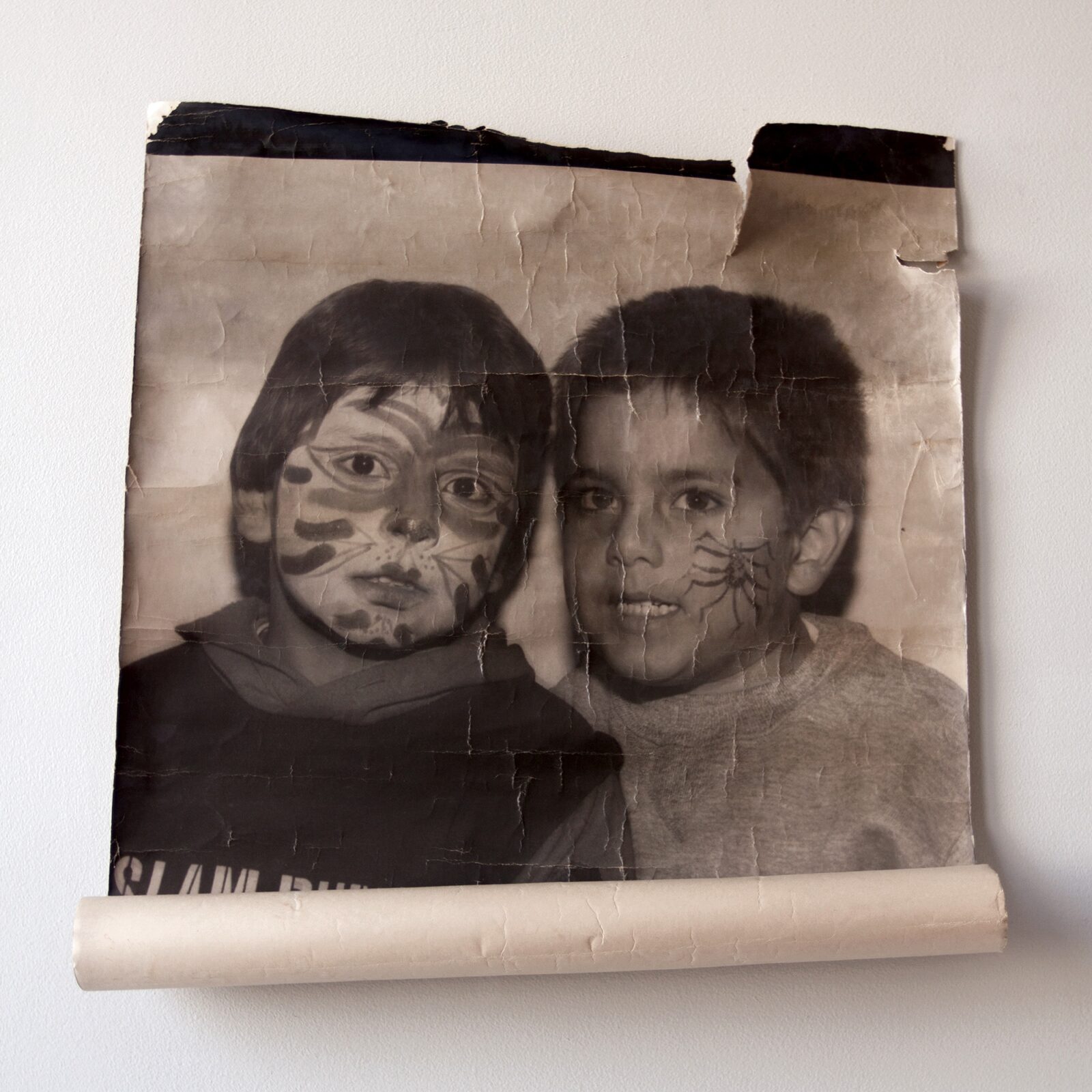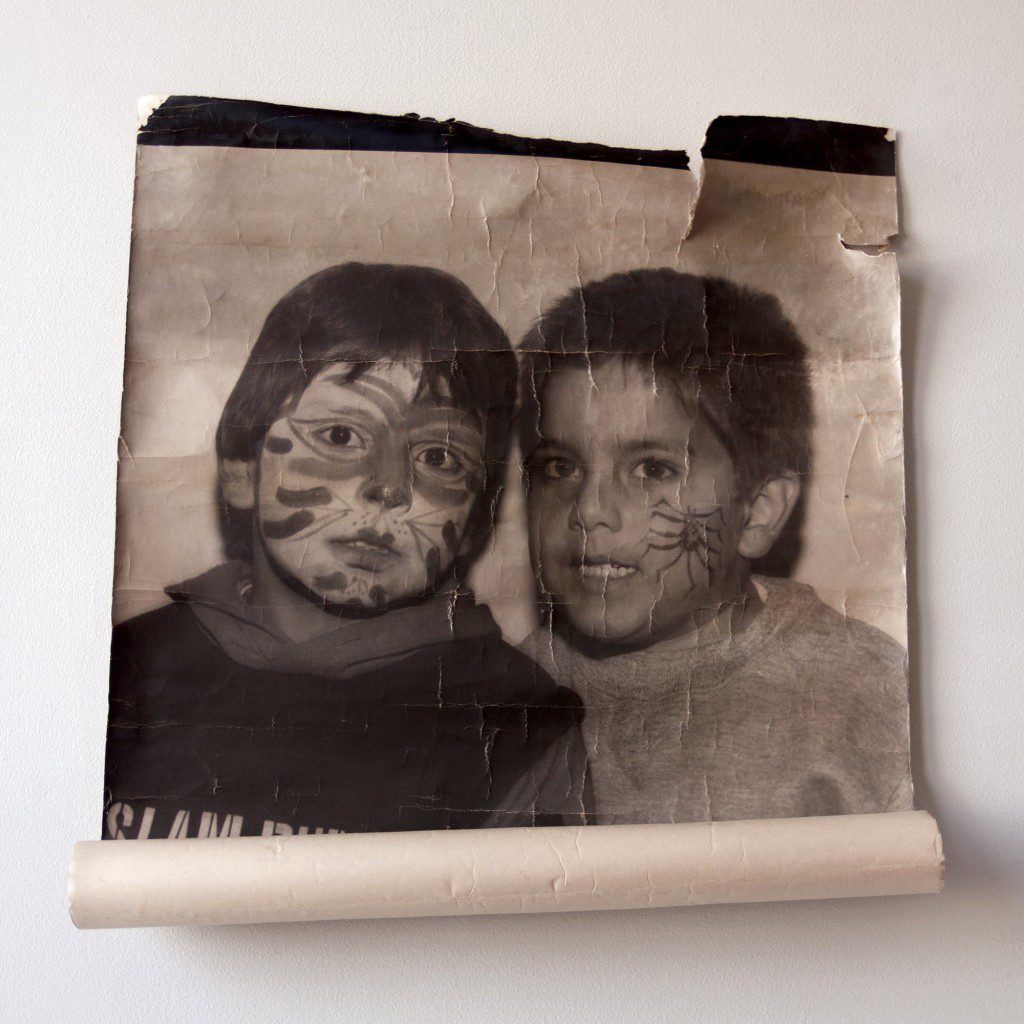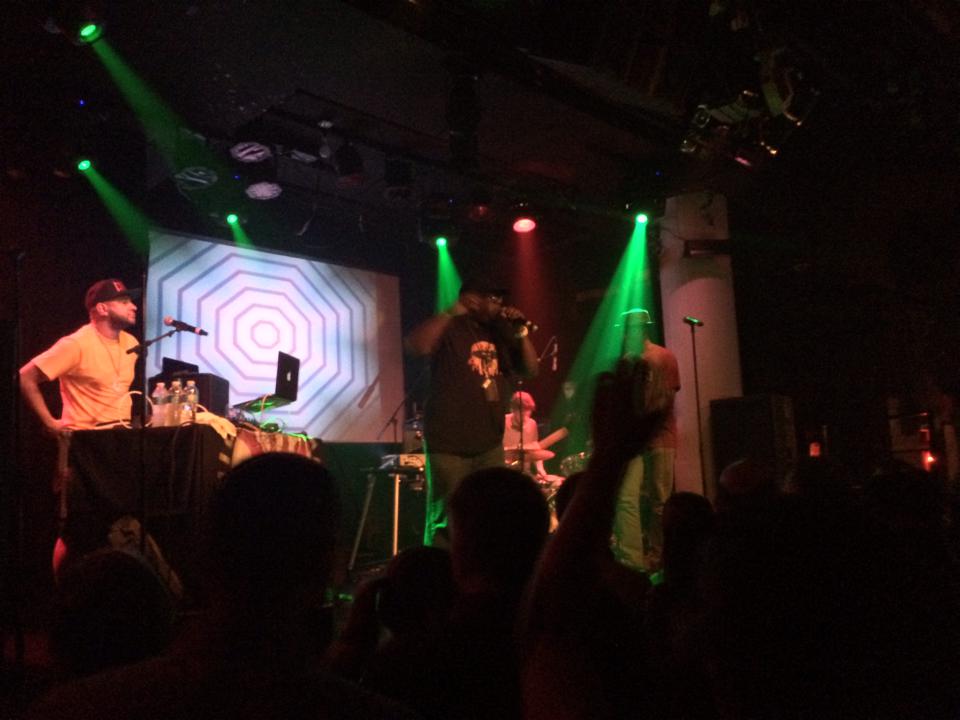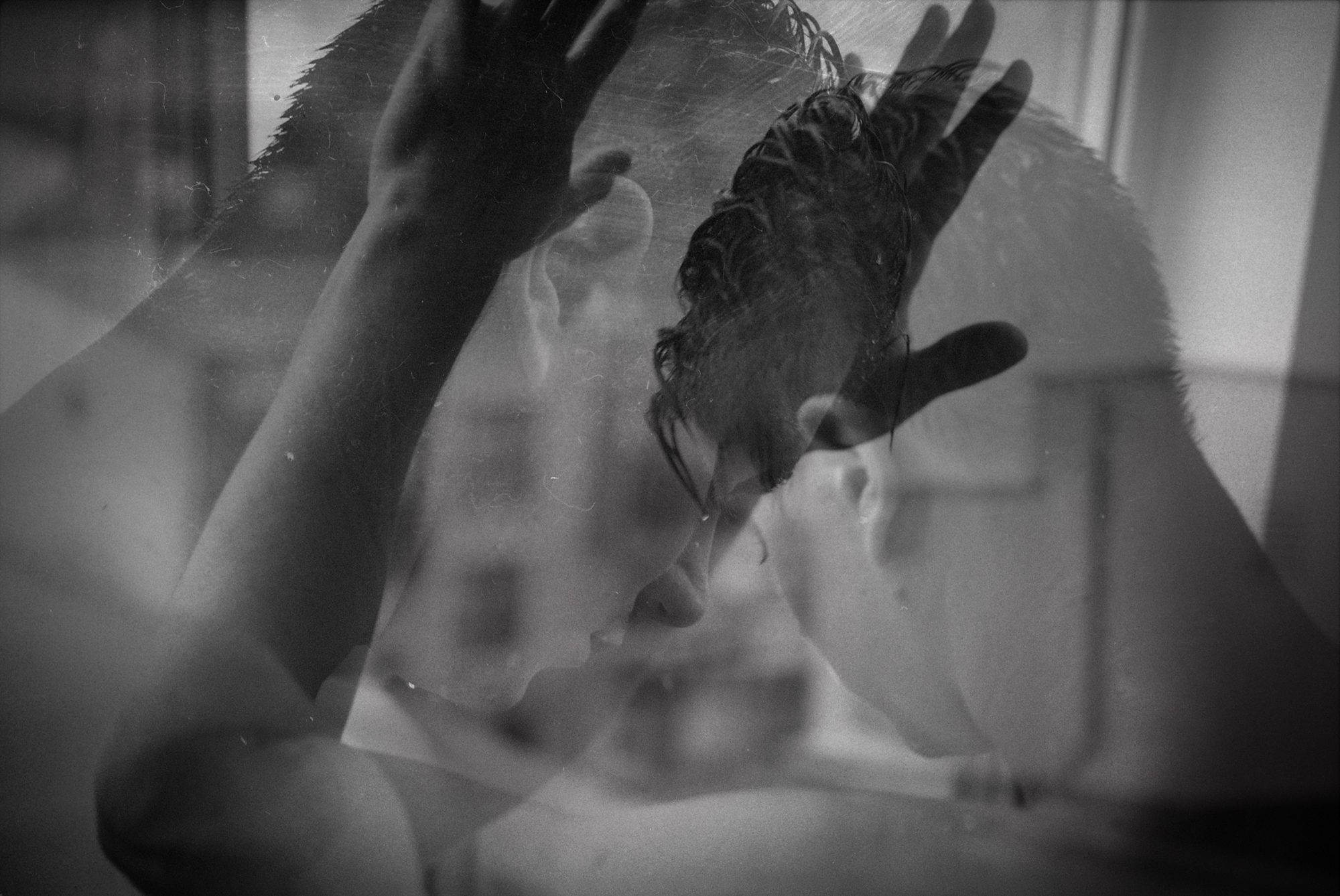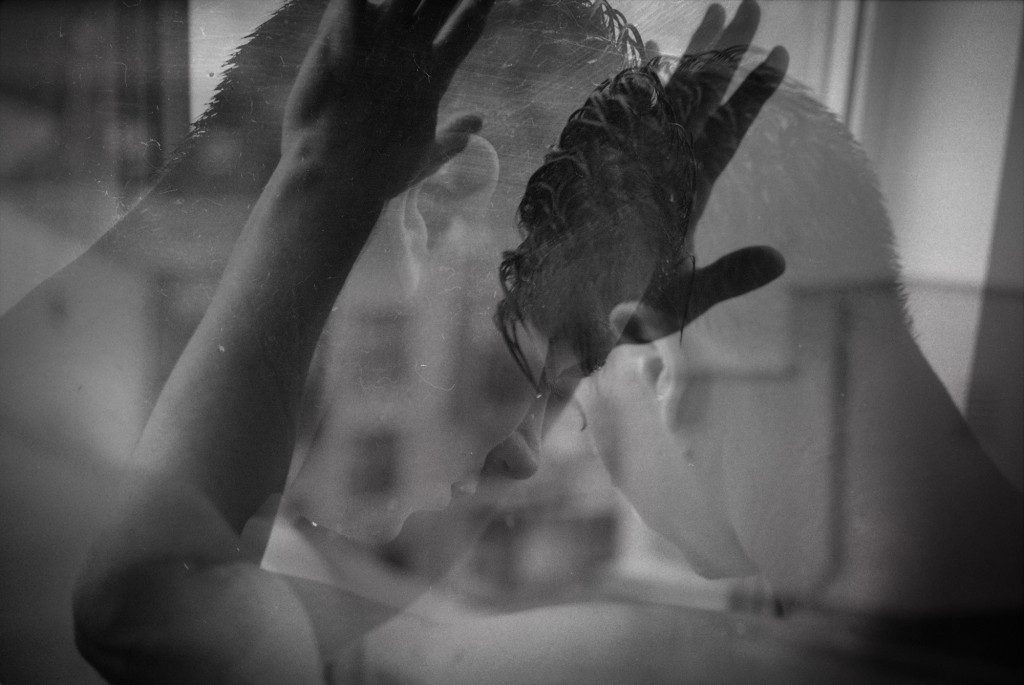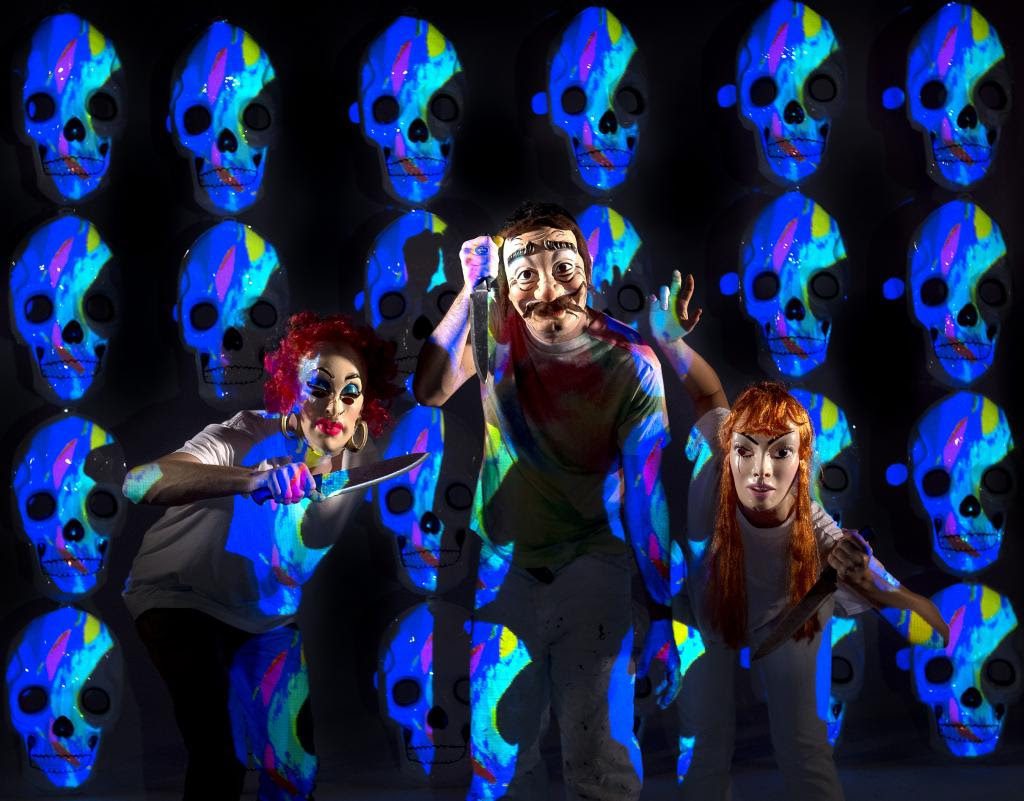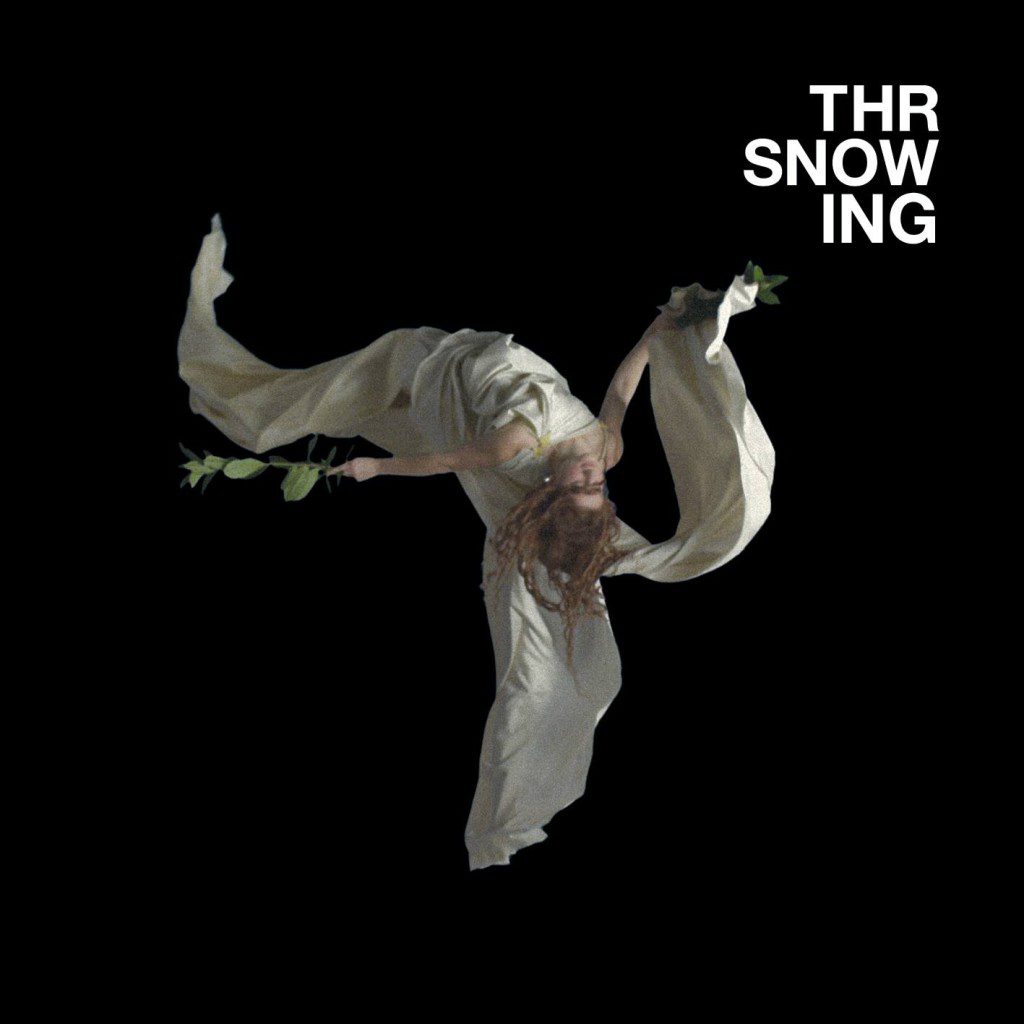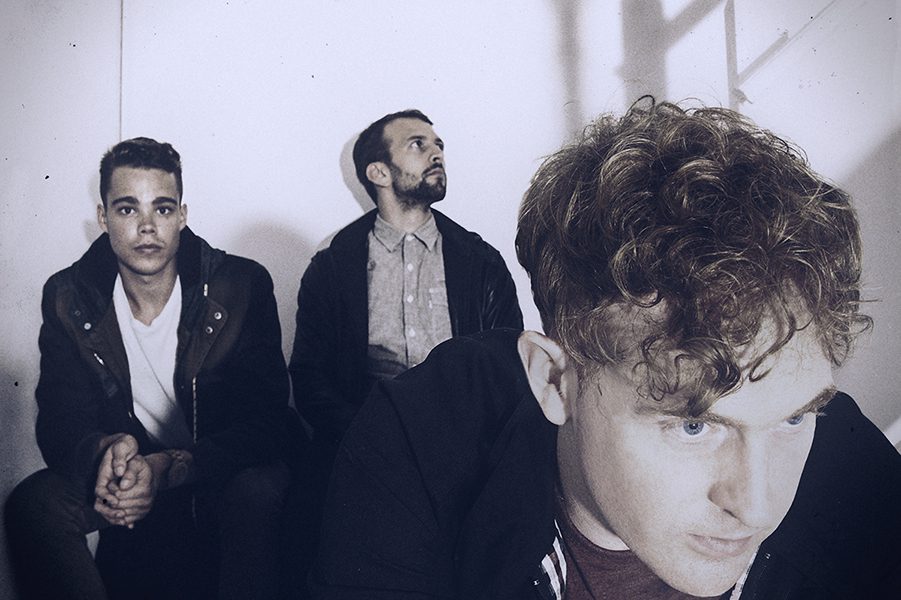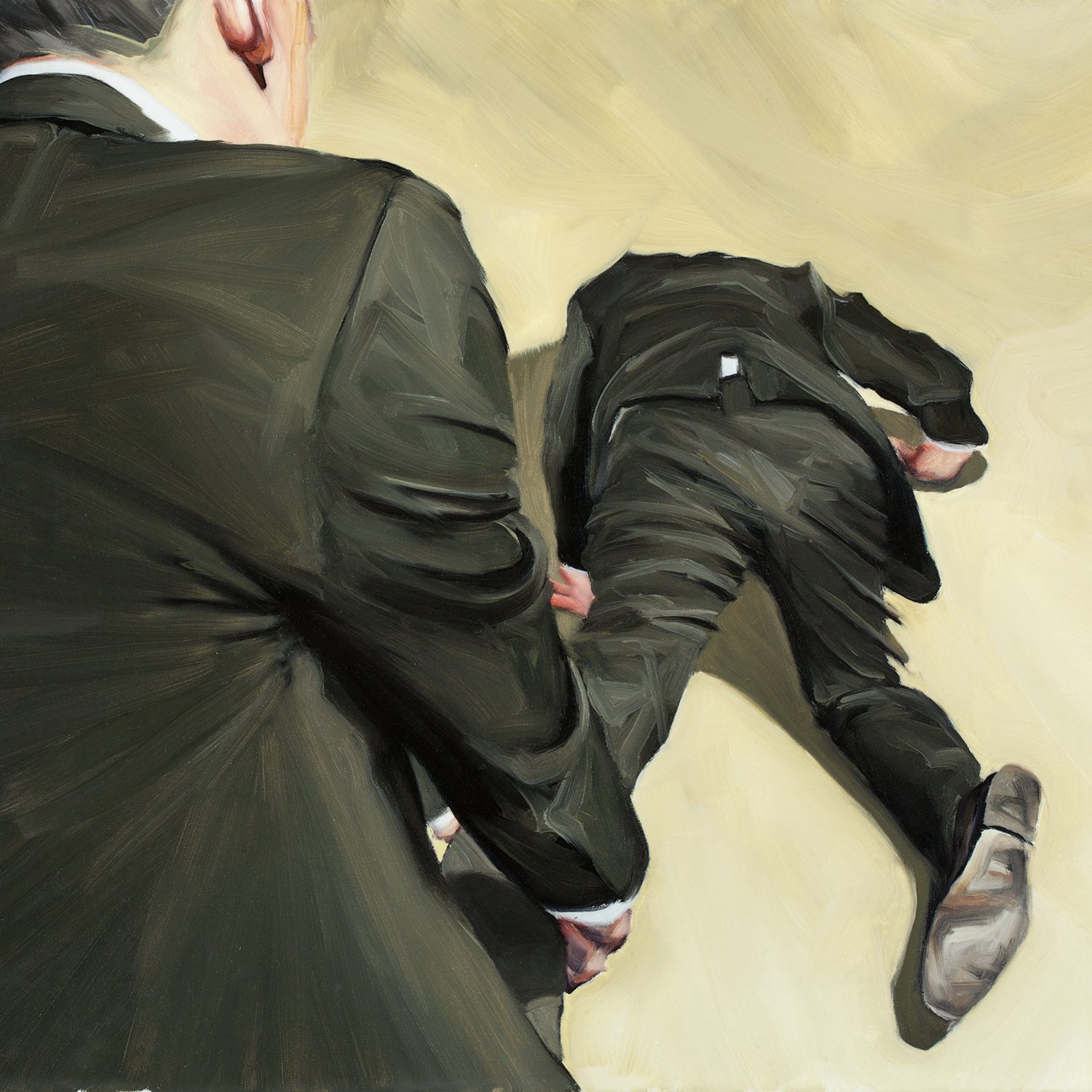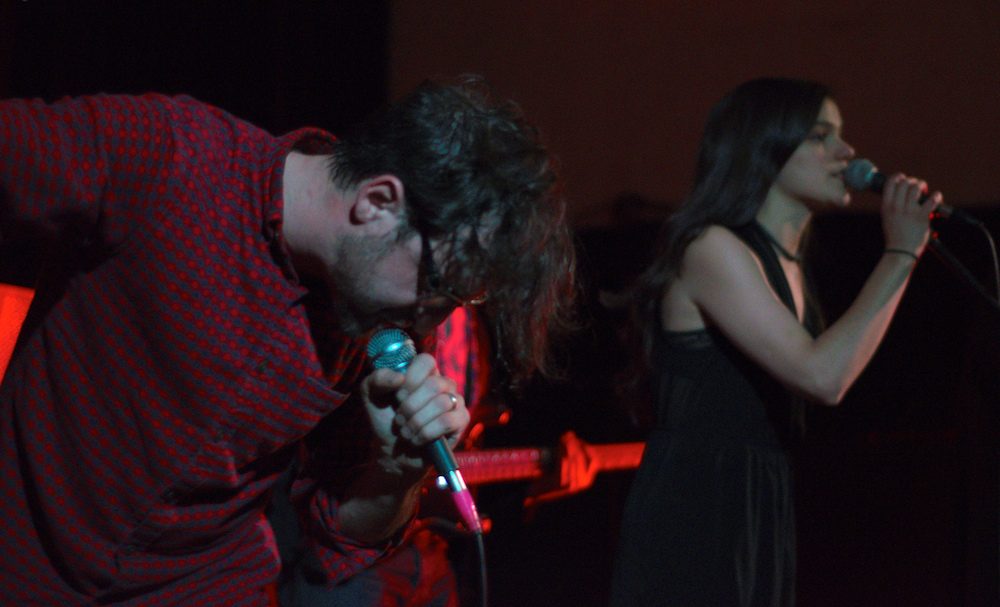

Juana Molina’s music has an associative, evocative magic usually reserved for smells: it can time-travel you to different seasons, countries, and decades. She chooses rhythms over images, harmonies over words, and the spooky beauty of her albums etches out a world that feels familiar but that is usually only accessible through the subconscious. To call it electronic folk minimizes its strangeness. Molina’s records are feats of editing, but it’s difficult to consider them clinically as you’re mid-listen. That’s because each track is a fully-formed world, with not just characters and scenery but also laws of physics and tidal patterns of its own.
In the mid-nineties, Molina was a successful Argentinian television comedian with a hit sketch show called Juana y sus Hermanas. Her decision to begin making records in 1996 was unpopular amongst her fan base, who figured the music for a vanity project and refused to come see her perform. Outside Argentina, Molina’s recognition has come almost exclusively from her musical career for years, but within her home country, her sixth and latest release Wed 21 marks a milestone. It’s her most overtly danceable record to date, and also her most extroverted. Argentinian audiences have responded in kind, showing up for shows in unprecedentedly large, enthusiastic numbers. That Molina’s audience and her new record share a common mood–buoyant, joyful, and ready to be transported into the little world created by her harmonies–is no coincidence. Just as she tightly stitches her loops and melodies together without leaving a trace of their seams, Molina approaches each new record with her audience in the back of her mind. As the audience grows, the music gains momentum.
I called Juana Molina up last week to talk about Wed 21, her changing audience, and her intricate, solitary recording process. Molina spent her childhood in France and is trilingual, and she told me that the title can be pronounced three ways–she says the number twenty-one in Spanish, English, or French, depending on who she’s speaking to. Words have never meant much to Molina, but the way people experience her music always has, and so it’s fitting that Wed 21 holds different nuances in different ears. Read on for more:
AudioFemme: So, Wed 21 has been out for a little while. How has it been having it out there in the world?
Juana Molina: Well, we should ask the people, but I think it’s going well. I’m very happy with the response I’ve known about. I think it’s a very happy record somehow, without being too light. I don’t have–well, I shouldn’t say that, I do have preferences for my records–but I didn’t know that this one was going to be so well-received.
AF: Is this your favorite record that you’ve made?
JM: No, my favorite record is always the first one that I produced myself [fusion_builder_container hundred_percent=”yes” overflow=”visible”][fusion_builder_row][fusion_builder_column type=”1_1″ background_position=”left top” background_color=”” border_size=”” border_color=”” border_style=”solid” spacing=”yes” background_image=”” background_repeat=”no-repeat” padding=”” margin_top=”0px” margin_bottom=”0px” class=”” id=”” animation_type=”” animation_speed=”0.3″ animation_direction=”left” hide_on_mobile=”no” center_content=”no” min_height=”none”][Segundo], because I think that that record, which I made in’98, kind of set the course for the path I was going to take. It’s like the seeds for every record I’ve made since.
AF: Did you know how you wanted it to turn out when you started making it?
JM: No, not at all. I wasn’t even thinking about making a record. We had just moved to Los Angeles at the time, and I had a few things recorded from earlier, I think from ’97. So I bought a computer and I was trying to understand how it worked. After a few months, or maybe more, I had something that I thought was a demo. I thought I would record the songs again later, in a real studio. I didn’t realize that all the takes, everything I’d done, would be impossible to repeat with the same freshness. So I decided to use it as a record, even though the quality of the recording wasn’t excellent. There’s lots of haze–things producers would hate–but I took as more important the feel and intention of the moment that I made it. And I think that’s why I love it so much. I had done a previous record, three years before that, but that record [Rara] doesn’t really belong to me, because a producer took charge of the sound. And I think he did a very good job, especially because I didn’t know how to transmit what I wanted to do. It was a time when everybody thought you needed a producer to make a record, that it wasn’t possible to make one on your own, but then the sound of the record doesn’t really represent what I do. So that’s why I consider Segundo my first real record.
AF: Has your songwriting process remained the same since your first records?
JM: I think what’s the same about it is the fact that I get taken, absorbed–I can’t quite think of the word–by what I’m doing in a certain moment. I just start playing, and some things I record just take me somewhere else. Somewhere else totally. I am not in a room recording with a guitar, I am somewhere else. When that happens, I start working on whatever it was that absorbed me. Now, I also think about the listeners, which I didn’t do before. Somehow, unconsciously, the public and the audience is present. I can’t get rid of that presence. They exist. They didn’t exist when I was recording Segundo. They have started to exist since. When I have this thing that comes and takes me, it’s like I’m absorbed and totally taken into this new world, and I think that can happen also to other people, too. I know I’ve said this many times, but when [I get absorbed into this world,] thought and thinking disappear. You have the feeling of things coming to you, like animals coming to Snow White. It’s a very special moment and I love it when it happens; I think that when that happens you have found a truth.
AF: Is there anything except for songwriting and recording that makes you feel that way? Can you decide to get absorbed into that other world, or does it always happen by accident?
JM: No, it is absolutely impossible to determine how to get there. You can’t say, okay, today I’m going to get into the right mood to record. Once I’ve started making a record, I keep being in that mood because I keep working every day. I need space and time to dive in, like a tunnel. If I’m not playing, I don’t get into that mood. If I’m traveling, say, touring, I’m only playing the shows. It’s rare that I would play somewhere else than the shows. Sometimes I get ideas during soundcheck. I get a bit of a feeling–I wish I were home, so I could work on this–and I record it somehow, but I usually can’t really use it afterwards. I can’t get back to the same idea. But occasionally there are a few songs, “Bicho Auto,” for instance. That song was created (to use a big word) in soundcheck.
AF: You’ve said before that lyrics come last for you. I don’t speak Spanish, so I can’t understand most of your lyrics, but I’ve always thought the way the words sound is a huge part of your music. Is rhythm the thing you think about most when you’re coming up with lyrics?
JM: Absolutely. The thing is that I think lyrics are the disguise for the true melody. I make the lyrics totally fit into the melody that was there before. Lyrics have to respect–or, to submit to the melody’s desires. Sometimes I need to change letters around, because it’s not always you can find words that fit your melody, but in general they’re pretty similar to the original. That’s why they sound so organic in the song–because they were there from the beginning, even though I write them after I’ve finished the last beat of the last little note of the song.
AF: Why do you occasionally sing in English?
JM: Very occasionally. On the first track [“Eras”] I sing in English because that’s someone else saying that to me [The lyric is “Come, come quickly.”]. That person spoke English in the story. It’s not me talking, it’s the other person talking. And then…when I moved to Los Angeles in the late nineties I wrote “The Wrong Song,” in Segundo. It was a strange track because it was in English. The English is really wrong, that’s why it’s called “The Wrong Song.” Even though I speak English, I am in Spanish. I could do it in French and I actually have done it, because I lived in France when I was a little girl, so French is really my second language, and English is still a borrowed language. I can use words but they aren’t my own words. I sometimes don’t know if I should write in English or not. I have a very good friend, a musician, she’s from Canada. She told me once, “Listen, we’ve been listening to your music for so long. The least you can do is write us a song in English.” If I see it from that point of view, I thought it was a nice idea. So I wrote a song in English, but I didn’t dare to publish it. It feels weird [to sing in English], and I can’t really be singing if I need to think about the pronunciation. I wish I could do it. I think it would be a good thing to do. But I can’t.
AF: Four years passed between your last record (Un Dia) and this one. Why such a long break?
JM: I don’t know what happened. Just life. Love and despair. Sadness. These kinds of things get me away from recording. Then last year I thought, Oh my God, it’s been four years, and I really, really didn’t feel that four years had passed. So I started to work. I forced myself, I needed to make a record now. I started working on nothing. I just really wanted to have a record out.
AF: Do you find that your records reflect your personal life?
JM: I wonder. I don’t know.
AF: You were talking about sadness, but as you said earlier, this record is pretty joyous.
JM: Maybe I was happy because I had gone away from those feelings, and because I was making a record again. But also, playing live has changed the way I write. When you’re on stage in a standing venue and you play very mellow songs, people get a little disturbed. They need something that takes them. I’ve discovered that I really love playing standing venues more than anything else. There’s an energy there that comes from people standing. If they’re dancing, and moving, we’re all going to the same place together. Sitting venues, even if people are really enjoying the show, I need to drag them a little bit. That’s why, when a tour is coming, I beg the booking agents to put me in standing venues.
AF: And you took all that into account while writing the songs on this album?
JM: Yeah. The possibility of there being a show influences me to do something different. Also, the audience itself has changed a lot. It’s like a party when I play, especially here [Argentina]. And I’m so happy, because that didn’t happen for years.
AF: Are you becoming more well-known for your singing, as opposed to acting, in Argentina?
JM: Yes, but it took a long time. People just didn’t like that I changed careers. Press was pretty mean, and absolutely ignored all the work I was doing, as a punishment. I kind of understand, it’s not that I am resentful. I was really popular making comedy, and people don’t want you to change. People just didn’t come to my shows because they thought that, because I was an actress, what I was doing was shit. But in the past five or six years, that has changed completely. Over the years I have built a completely new audience with completely different people, and only a few are fans of both things.
AF: Would you consider doing both comedy and music?
JM: No. I did, but it was a mistake. It’s such a different mood, to make someone laugh or to make someone listen–or dance. A completely different activity. I was so vulnerable when I started to play music, because while I was acting I was impersonating a huge number of characters and making fun of them all, so nothing could hurt me because it wasn’t myself I was being. I was someone else. Being someone else allows you to act and react in a completely different way. Playing music, it’s exactly the opposite. That’s why I think they’re absolutely incompatible.
AF: Even though you’re more vulnerable, music is more rewarding?
JM: Yes, because the whole point is not to be strong. I’d rather die–we have a saying, “to die with your boots on.” You’d rather die in war than be hidden away in your house. Meaning: you’re a real soldier.
Visit Molina on Facebook, and get your copy of Wed 21 here! Check out the music video for “Eras,” off the new album, below:
[/fusion_builder_column][/fusion_builder_row][/fusion_builder_container]



